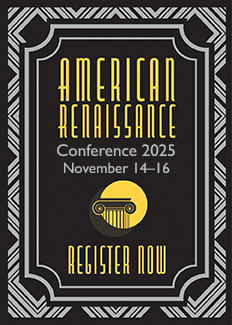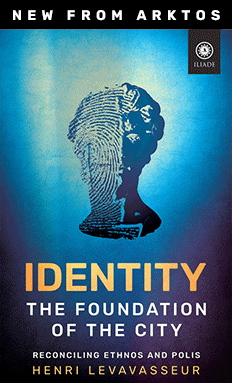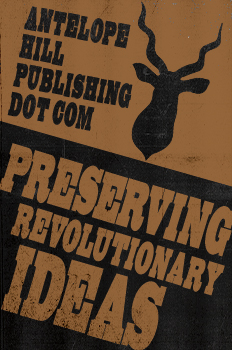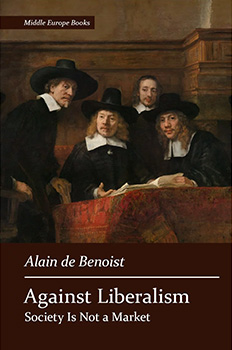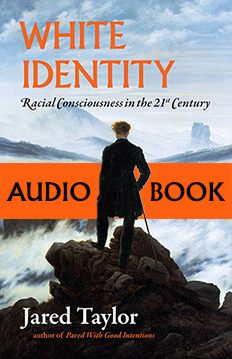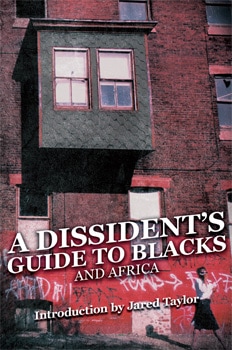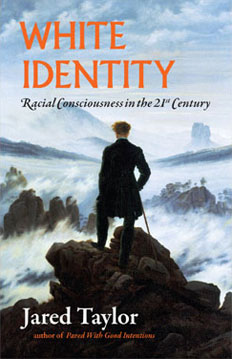Internal Documents Reveal Pervasive Pattern of Racial Discrimination at Harvard Law Review
Aaron Sibarium, Washington Free Beacon, April 25, 2025
Will this law review article “promote DEI values”? Does it cite scholars from “underrepresented groups”? Will it have “any foreseeable impact in enhancing diversity, equity, and inclusion”? And why did one team of editors solicit “only white, male authors”?
Those are some of the questions that editors at the Harvard Law Review asked in internal documents obtained by the Washington Free Beacon. The documents, which span more than four years and have not been previously reported, include article evaluations, training materials, and data on the race and gender of journal authors. They reveal a pattern of pervasive race discrimination at the nation’s top law journal and threaten to plunge Harvard, already at war with the federal government, into even deeper crisis.
The law review states on its website that it considers race only in the context of an applicant’s personal statement. But according to dozens of documents obtained by the Free Beacon—including lists of every new policy adopted by the law review since 2021—race plays a far larger role in the selection of both editors and articles than the journal has publicly acknowledged.
Just over half of journal members, for example, are admitted solely based on academic performance. The rest are chosen by a “holistic review committee” that has made the inclusion of “underrepresented groups”—defined to include race, gender identity, and sexual orientation—its “first priority,” according to resolution passed in 2021.
The law review has also incorporated race into nearly every stage of its article selection process, which as a matter of policy considers “both substantive and DEI factors.” Editors routinely kill or advance pieces based in part on the race of the author, according to eight different memos reviewed by the Free Beacon, with one editor even referring to an author’s race as a “negative” when recommending that his article be cut from consideration.
“This author is not from an underrepresented background,” the editor wrote in the “negatives” section of a 2024 memo. The piece, which concerned criminal procedure and police reform, did not make it into the issue.
Such policies have had a major effect on the demographics of published scholars. Since 2018, according to data compiled by the journal, only one white author, Harvard’s Michael Klarman, has been chosen to write the foreword to the law review’s Supreme Court issue, arguably the most prestigious honor in legal academia. The rest—with the exception of Jamal Greene, who is black—have been minority women.
{snip}
{snip} The documents show that the Harvard Law Review continued using race after the Supreme Court outlawed affirmative action in June 2023, implementing several DEI measures within the past year.
Just this January, the law review voted down a proposal to make personal statements the only non-academic factor considered in the admissions process for editors, effectively renewing its policy—adopted prior to the Supreme Court’s decision—of making race the “first priority” of holistic review.
The most overt use of racial preferences comes in the selection process for articles, which includes multiple steps designed to weed out authors based on DEI criteria. In a July 2023 training, for example, the journal told editors that they should consider “DEI values”—including the racial diversity of each article’s citations—when giving pieces a preliminary read.
Articles that make it past that initial screen are subject to even more DEI vetting, with each piece assigned to an editor who decides whether to recommend it for further consideration. As part of that process, editors write memos to the articles committee laying out each piece’s pros and cons—including, in many cases, the race of the scholar who wrote it.
In at least seven memos obtained by the Free Beacon, editors argued that an author’s minority status counted in favor of publishing their article. “The author is a woman of color,” read one 2024 memo. “This meets a lot of our priorities!”
Another memo, from 2022, said that one “pro” of an otherwise weak article was that it had been “written by a woman of color outside of the T14,” a reference to the top 14 law schools that dominate legal scholarship. Still another recommended a piece on the grounds that it would “help advance [the] career” of a “young academic of color on an upward trajectory at UVA.”
{snip}
Some of the most brazen bean counting at the law review comes in the solicitation process for the foreword to the Supreme Court issue. {snip}
Armed with more votes than the journal’s top editor, the diversity officials help whittle down the list by summarizing the pros and cons of each candidate. In a section titled “Why should they write the foreword?”, one 2024 spreadsheet stated that Shirin Sinnar, a professor at Stanford Law School, would be “the first hijabi, Muslim woman to write the Foreword.” Other scholars got points for being “one of few Latino professors in this space” or, in the case of critical race theorist Mari Matsuda, “the first tenured female Asian American law professor in the US.”
Eventually, the entire law review votes on the list of finalists. To inform the vote, the foreword committee circulates memos on each of the candidates, taking care in many cases to note their race and gender.
{snip}
This process has had a dramatic effect not only on which scholars are selected but on which topics they address. The 2019 foreword, “Abolition Constitutionalism,” discussed how the Reconstruction Amendments could be used to bring about a “society without prisons.” The 2022 foreword, “Race in the Roberts Court,” was written by a law professor at UC Berkeley, Khiara Bridges, who had emerged the previous year as an outspoken defender of critical race theory. The 2023 foreword, by Maggie Blackhawk, was called the “Constitution of American Colonialism.”
{snip}
That kind of box-checking was on full display when, in 2024, some editors were debating who should be invited to reply to a piece about police reform.
“Four of the five people raised in this message are white men, which I find concerning,” one editor wrote in Slack. {snip}
{snip}





